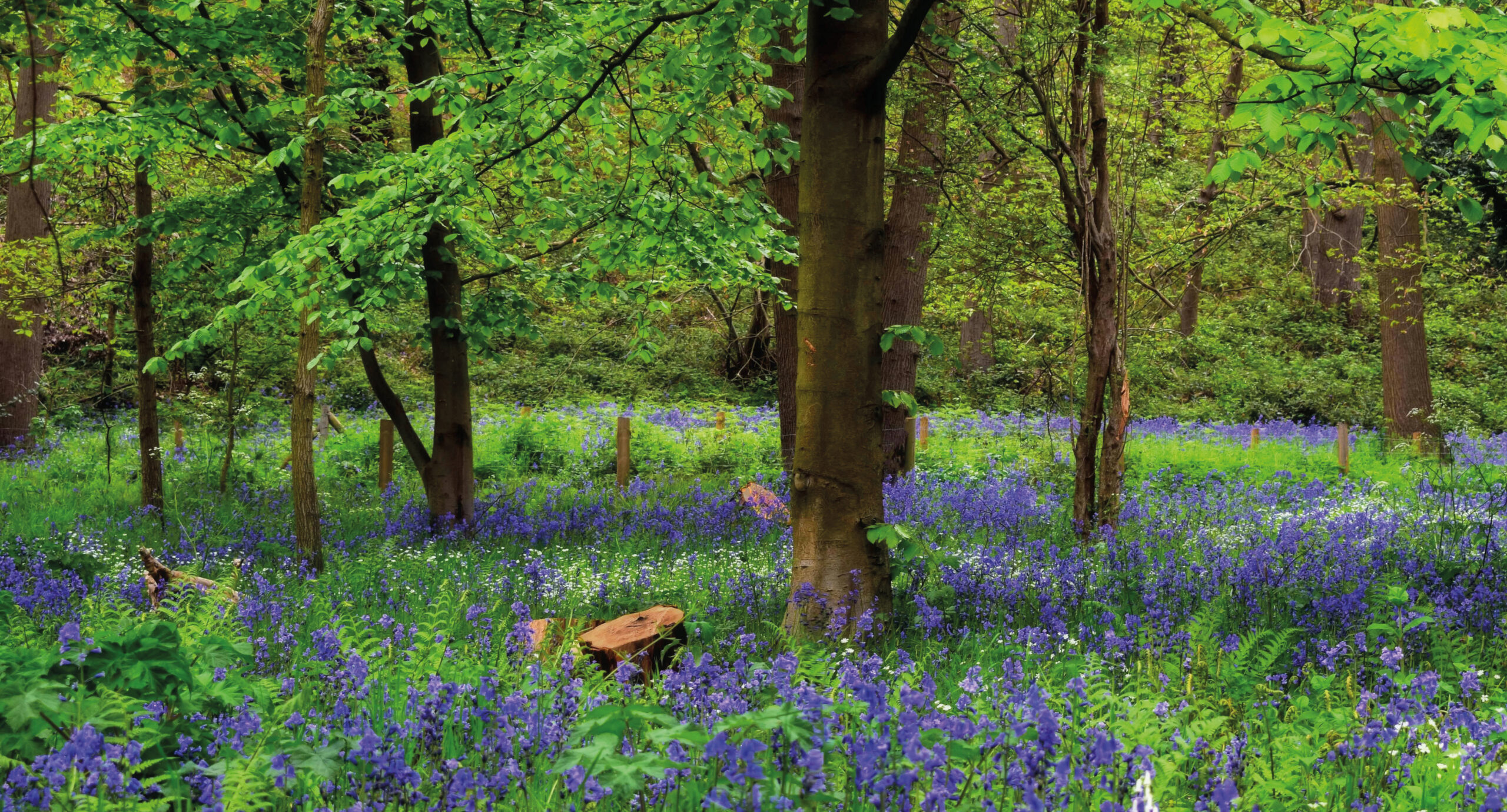Your chance to influence the new biodiversity net gain legislation for NSIP projects.
Associate Director at DM, Victoria Fishlock, has compiled a list of the most relevant proposals in the consultation document to act as a guide.
This consultation sets out some proposals but also seeks views from developers and other interested parties to help shape policy. Legislation was due to come into force in November 2025 but is now delayed until May 2026.
Background
On 28 May 2025, the Government launched a consultation on Biodiversity Net Gain for Nationally Significant Infrastructure Projects (NSIPs). Consultation responses are invited for eight weeks until 24 July 2025. This consultation is being run in parallel to other proposals for improving the efficiency of the planning system and environmental obligations, including measures proposed in the Planning & Infrastructure Bill, such as the Nature Restoration Fund and updates to relevant National Policy Statements (NPS).
A separate consultation on improving the implementation of BNG for minor developments is also being run alongside this.
The intention is to introduce BNG for the terrestrial elements of NSIPs from May 2026. Once implemented, the Secretary of State will be able to refuse applications for Development Consent Orders (DCOs) for NSIPs that do not meet the required biodiversity net gain objectives. The requirements, it is proposed, will be similar to those under the Town and Country Planning Association (TCPA). However, the NSIP regime is different because all applications for DCOs will be assessed against any relevant NPS and biodiversity gain statement, according to Schedule 2A of the Planning Act 2008.
In the current consultation, the government outlines a ‘core’ approach to BNG for all NSIP types. This aims to reduce complexity for promoters and ensure consistency across sectors.
A draft ‘model text’ for a core biodiversity gain statement is proposed, which is intended to be applied to each NSIP sector. This biodiversity gain statement will be incorporated into the relevant NPS during their next review.

Key proposals
- Biodiversity Gain Objective: an uplift of at least 10% in biodiversity must be demonstrated compared to pre-development baseline, to be evidenced via a biodiversity gain plan and calculated with the statutory biodiversity metric.
- Red line boundary extent: it is proposed that all habitats within the order limits (NSIP boundary) must be assessed to calculate a pre-development baseline value. The Government recognises this will be a large geographical area for some DCOs and is calling for evidence and suggestions on alternative strategies from developers.
- Calculating BNG: habitat values will be assessed using the statutory biodiversity metric, both before and after development.
- Irreplaceable Habitats: damage to irreplaceable habitats must be minimised and compensated through bespoke strategies. Statutory biodiversity credits cannot be used in this instance.
- Delivery of BNG: significantly, it is proposed that developers can deliver BNG – in the first instance – on-site or off-site or, as a last resort, through purchasing statutory biodiversity credits. This is a deviation away from the current regime under TCPA whereby on-site options must be exhausted before off-site options are considered.
- Temporary land use: the Government recognises it may be challenging to secure BNG for 30 years on land that is needed temporarily during the construction phase of NSIPs. The consultation seeks views on whether a bespoke policy is required for temporary land use.
- Other policies: BNG must follow the mitigation hierarchy and integrate with existing environmental obligations. The Government intends for biodiversity gain statements to include detail on how BNG interacts with these other schemes.
- Evidence: a completed biodiversity metric and biodiversity gain plan will need to be submitted as part of the DCO application. The biodiversity gain plan must include the information that is included in the draft ‘model text’ (Annex 1 of the current consultation).
The BNG Group at DM are also on hand to assist clients navigating the consultation paper, identify proposals that may impact on projects and support with strategic opportunities that could arise through the proposed changes.
Responses can be submitted via Citizen Space platform (preferred) or via email.
Visit the government website for consultation details.










